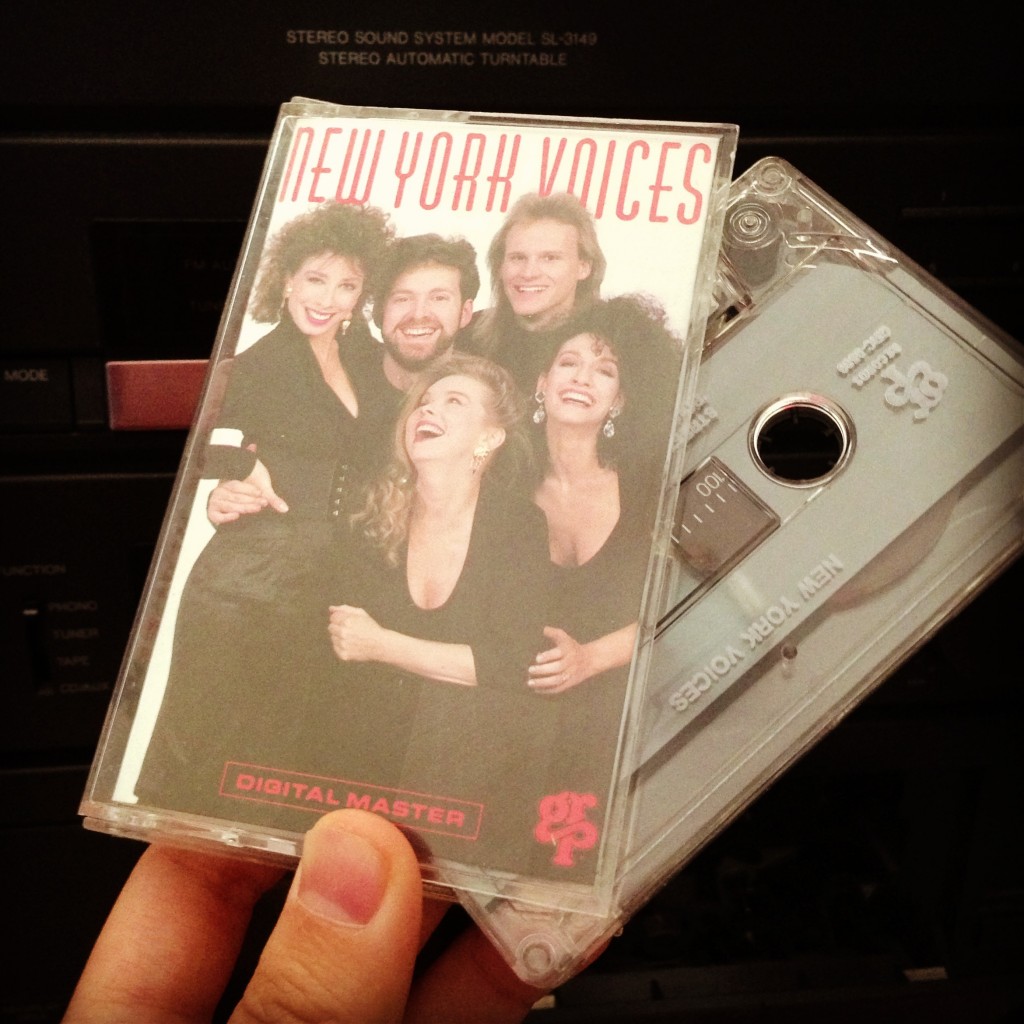Lessons from music for museums
Reading this article in The New York Times about the digital transformation of museums and its influence on perceptions of art and implications for museum professionals, I am sold on the value of putting entire museum collections on the web, adding exclusive online content and cross-referencing relevant content with that of other museums.
As the museum world undergoes its digital transformation, it might look to the music world, a field in a relatively advanced stage of digitization, for applicable lessons.
Digital representation as preview
Does live streaming encourage audience members who would have otherwise gone to the venue to stay home? I doubt it.
Certainly, the digital transformation of music and music-presenting venues has changed the way people consume music. Established New York City cultural institutions from Carnegie Hall to the Greenwich Village jazz club Smalls stream performances from their venues, allowing people to watch without having to attend in person (or pay). Does this encourage audience members who would have otherwise gone to the venue to stay home? I doubt it. People often go for the full experience of the live performance precisely because they become intrigued by viewing performances online beforehand.
In fact, the online streaming services engage a new segment of the audience who would otherwise be too far away, are not in the habit of consuming live performances or are simply unable to pay to attend. In this way, it enlarges the audience base, encouraging remote consumers to attend in person when they visit the city perhaps, or building desire for the moment when they can afford to buy a ticket.
It was the glimpse online that prompted me to start making plans to go to the gallery to experience the art as the writer had described.
Many audience members understand digital representation as a preview of a live experience. I can think of a few musicians I initially knew only virtually, like Iva Bittová and Rudresh Mahanthappa; when I saw that they were coming to a local venue, I bought tickets without hesitation, having already developed great interest in their work. Similarly, when I read about Juan Muñoz’s Many Times, it was the glimpse online that prompted me to start making plans to go to the gallery to see for myself what it feels like to walk through his sculptures and experience the art as the writer had described.
Value of the tangible
Certainly, some forms of art and music lend themselves more generously to digital representation and I echo the concern in The NYT article that it might make these “digital natural” works preferred over others. Having seen YouTube stars who fall flat in live performances as well as absolutely captivating live performers like Reggie Watts whose appeal I couldn’t understand by watching on YouTube, I am aware that some pieces online have a complete life on the virtual stage, while others can only act as windows into the full story. Given that there are such vast numbers of people online, many of whom may never get to see works of art in person, the worry that digitally adaptable art will rise to prominence over what may be far better physical pieces is legitimate. I suppose this is something the whole of the visual and performing arts world will figure out with time.
Once the art world reaches that point of digital over-saturation, it’s possible that it will also yield a resurgence of things tangible.
I’d like to note that it is precisely because of the overwhelming amount of musical content immediately available that vinyl albums are making a comeback. There is nostalgia for a time when you held an album in your hands, when you absorbed the entirety of the musical statement from the album art to the lyrics. Once the art world reaches that point of digital over-saturation, it’s possible that it will also yield a resurgence of things tangible. What would that look like?

Relevance of curators
Given the sheer volume of music online, I’ve found myself not listening to much at all, except albums that I knew back when I used to purchase complete albums and the occasional cassette tape. I generally listen to music on my computer only if it’s for work. For enjoyment, I listen mostly to live performances, of which New York City is amply blessed. I frequently don’t listen to the myriad of clips online before I go to a concert because I enjoy being surprised and going without any preconceived notions.
In those instances, I go because it is a part of a curated series or at the recommendation of a friend (curator) whose tastes I trust. I anticipate that the demand for such curators will only increase as more and more content is added by the minute, though I imagine the role of curator will continue to evolve.
Will digital transformation diminish the value of art?
The digital transformation and specifically free digital distribution has devalued the craft of music in some important ways, according to arguments made against streaming services like Spotify by many musicians, including David Byrne and Taylor Swift. The visual arts are less vulnerable to this devaluation because there remains the physical piece (excepting digital art). So all virtual renderings may have more in common with the Apple Store’s audio previews than with Spotify. You cannot possess the art piece digitally in the same way that you can with a piece of music so there is less drive toward commodification and less risk of a digitization devaluing the original.
I look forward to the new world this leads us to. If you want to discuss further, catch me at a museum or a show because there’s nothing like a real dialogue in person!
Does your museum need an affordable way to improve its brand today?
Because we know that not everyone needs or can afford our full process, we created a guided tutorial package for our foundational brand strategy tool: the Brand Pyramid. Watch the video for a preview.
For more information on this brand strategy tutorial, visit here where you will find a fuller explanation and link to a free download of the first video.
Photo by the author



Ask for help.
We are kind, thorough and ready when you are. You just need to ask.